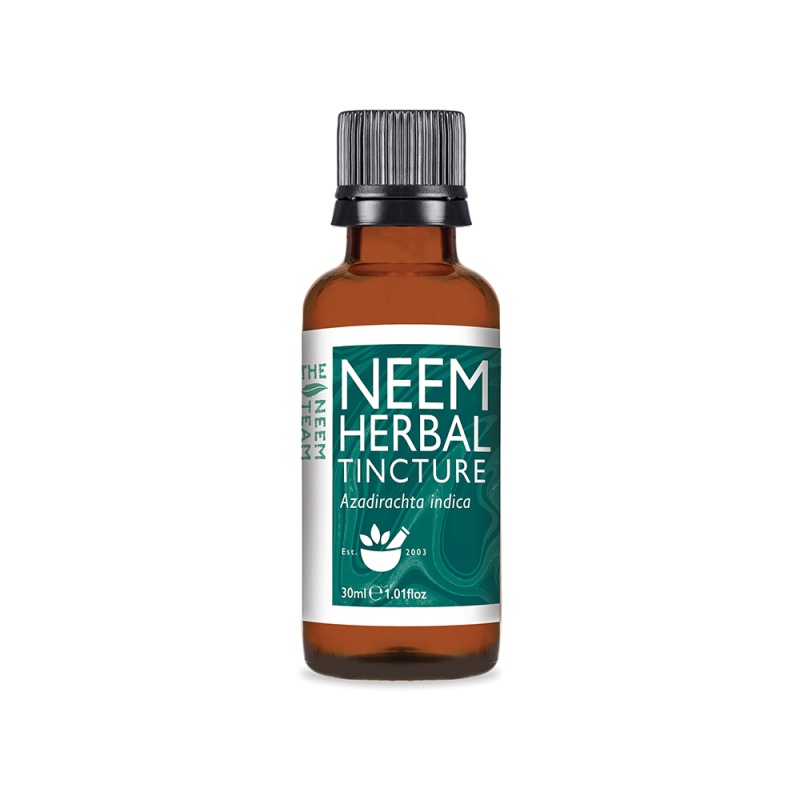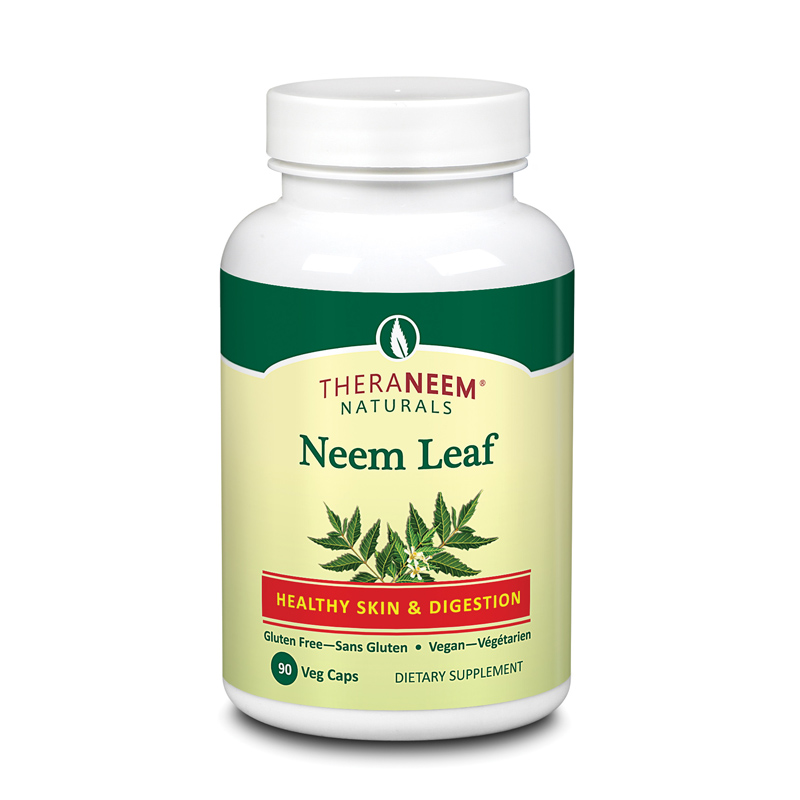News: Neem and Scabies
Scabies infection rates are at an all-time high in the UK due to treatment delays and shortage of NHS treatment. Neem is a traditional, low-cost and effective treatment for scabies and can bring rapid relief from the extreme itchiness and rash symptoms.
Why is it a problem now?
According to an article in The Guardian in January 2024, outbreaks of scabies- caused by a skin-burrowing mite- have been seen in care homes, nurseries and university accommodation at rates far in excess of expected cases. This has been most obvious in the north of England- but the problem is widespread, due to shortages of malathion and permethrin creams usually used to treat the condition.
The mite responsible, Sarcoptes scabiei var. hominis, is transmitted by close contact. Symptoms of scabies are usually raised, red, itchy lesions often at the wrist, elbow, armpit, finger webbing, nipple, waist and buttocks. In some people (often immunocompromised), there can be a severe form called 'crusted scabies' with many thousands of mites.
Neem is effective in treating scabies
So, how can you use neem to treat scabies? A 1992 study showed a 97% cure rate for a neem leaf and turmeric paste in 814 people (Charles 1992), and a 1979 trial involving neem alcohol tincture in lotion achieved a 100% cure rate. Neem oil applications and neem leaf baths have also been used to treat scabies in children. There are many studies in the literature regarding the effective use of neem for the sheep, rabbit, dog and pig versions of these mites (Koul 2004).
John Cansick, in his book 'Neem: the Ultimate Herb' recommends the following for scabies:
- Add Neem tincture to a bath and soak for at least 15 minutes
- Use neem soap and a neem shampoo to wash (keep soap and shampoo on for 2-3 minutes before rinsing)
- Use neem based lotions or creams on the body or salves for small areas
For those people who are chronically stressed, or whose immune system is not functioning at 100%, we suggest a course of neem supplements for 2-3 weeks.
Reducing spread:
- Scabies mites can live for as long as 1-2 months on people, but do not survive more than 48-72 hours away from people.
- Scabies mites will die if exposed to a temperature of 50°C (122°F) for 10 minutes.
- The Government Centres for Disease Control and Prevention (CDC) advise also that items like bedding, clothing, and towels used by someone with scabies can be decontaminated by machine-washing in hot water and drying using the hot cycle or by dry-cleaning.
- Items that cannot be washed or dry-cleaned can be decontaminated by removing from body contact for at least 72 hours.
Usually, scabies is a mild disease (although intensely itchy), but it can worsen existing skin conditions such as eczema and psoriasis. People can also get transitory skin rashes caused by animal variants of scabies mites.
As the life cycle is about 4-6 weeks in length, treatment should continue for at least 6 weeks.
References
Charles V, Charles SX. The use and efficacy of Azadirachta indica ADR ('Neem') and Curcuma longa ('Turmeric') in scabies. A pilot study. Tropical and Geographical Medicine. 1992 Jan;44(1-2):178-181. PMID: 1496714.
Koul, O. Wahab S. 'Neem: Today and in the new millenium' (2004) Kluwer Academic Publishers New York.
Cansick., J. 'Neem, The Ultimate Herb' (2001) Lotus Press.
Centres for Disease Control and Prevention (UK Government).
Links
Doctors report ‘nightmare’ surge in scabies across UK | Health | The Guardian
College Chair comments on rising rates of scabies cases seen in general practice

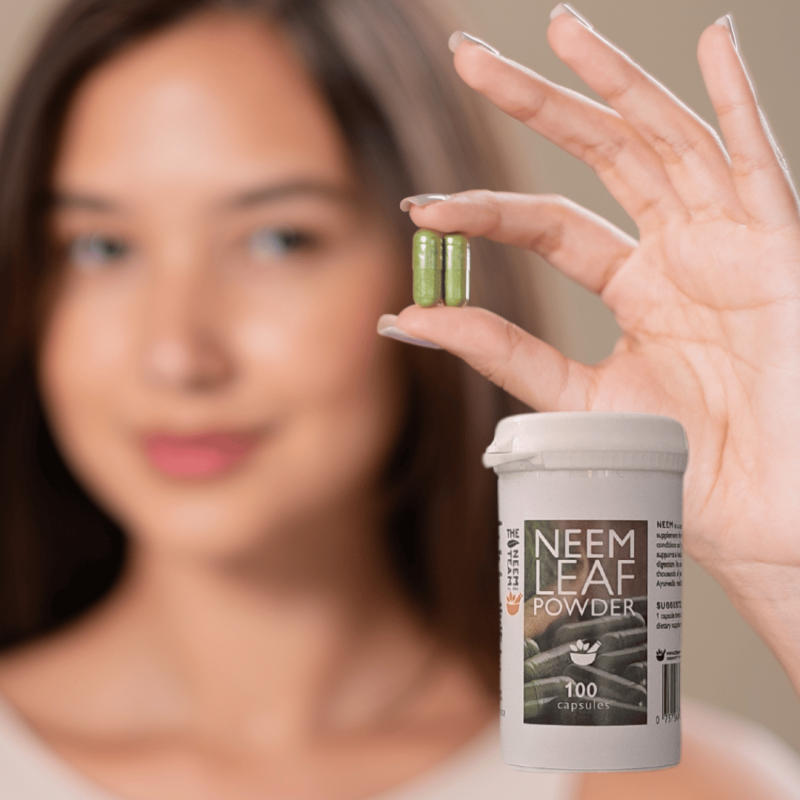
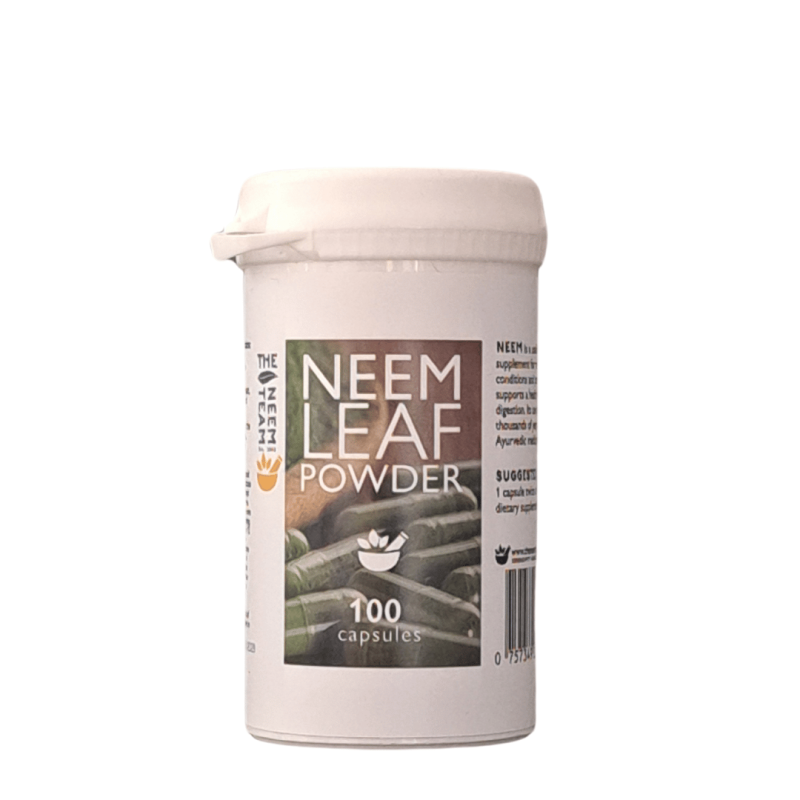
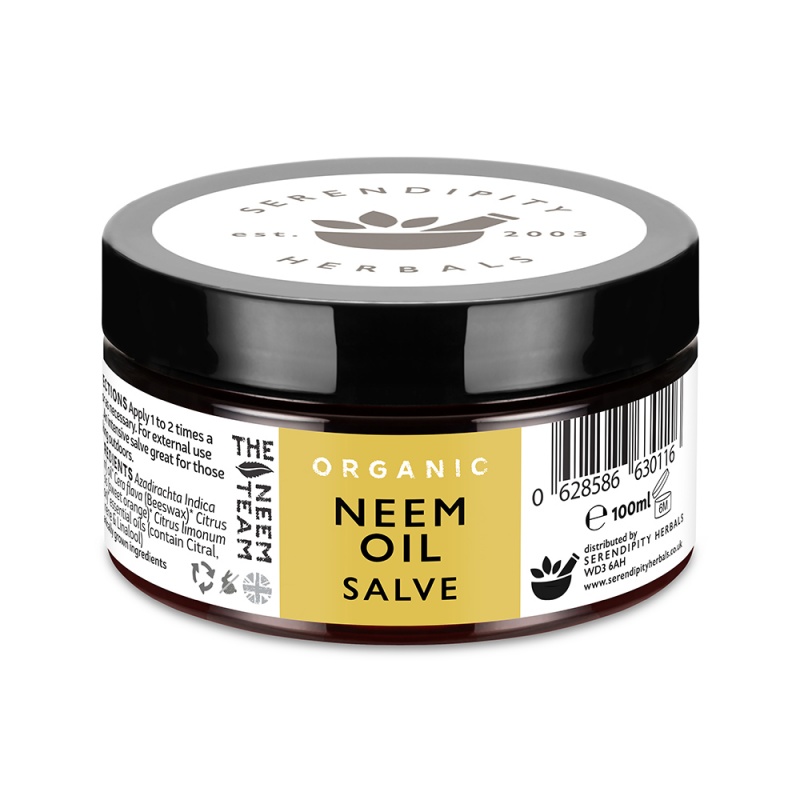
.jpg)

.jpg)
.jpg)
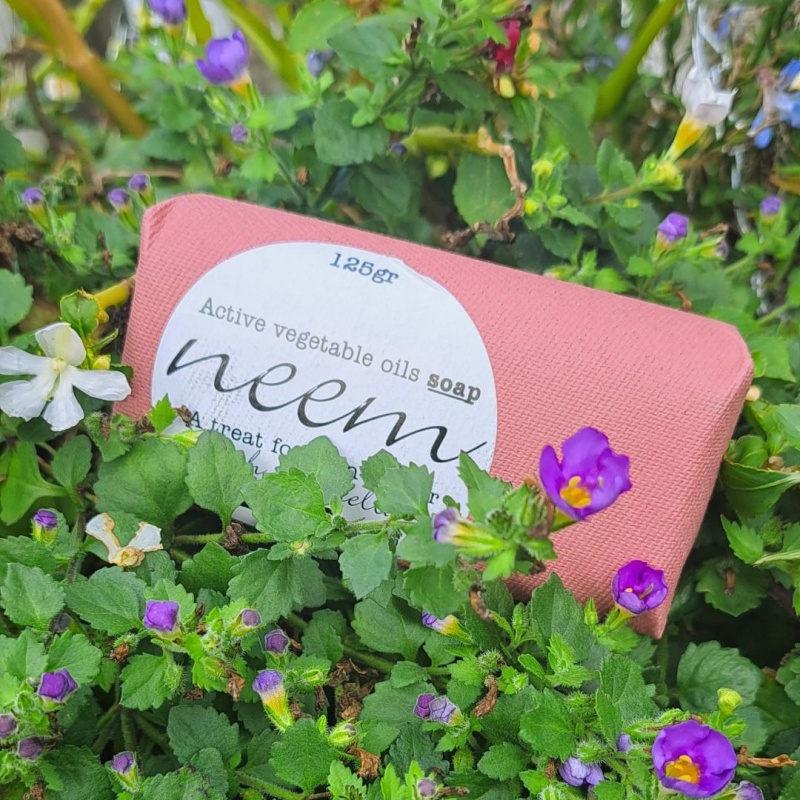
.jpg)
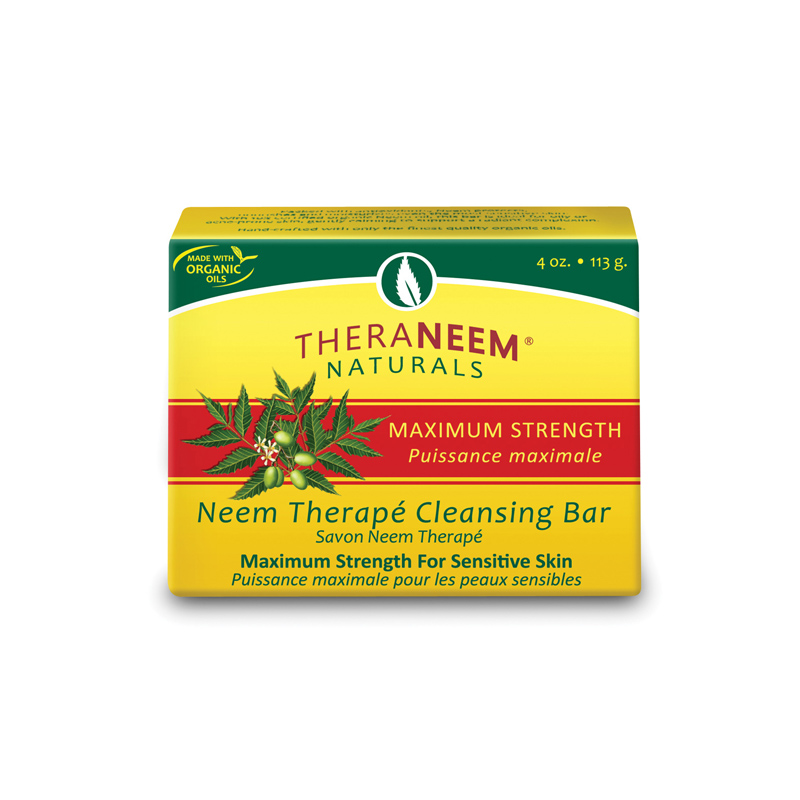
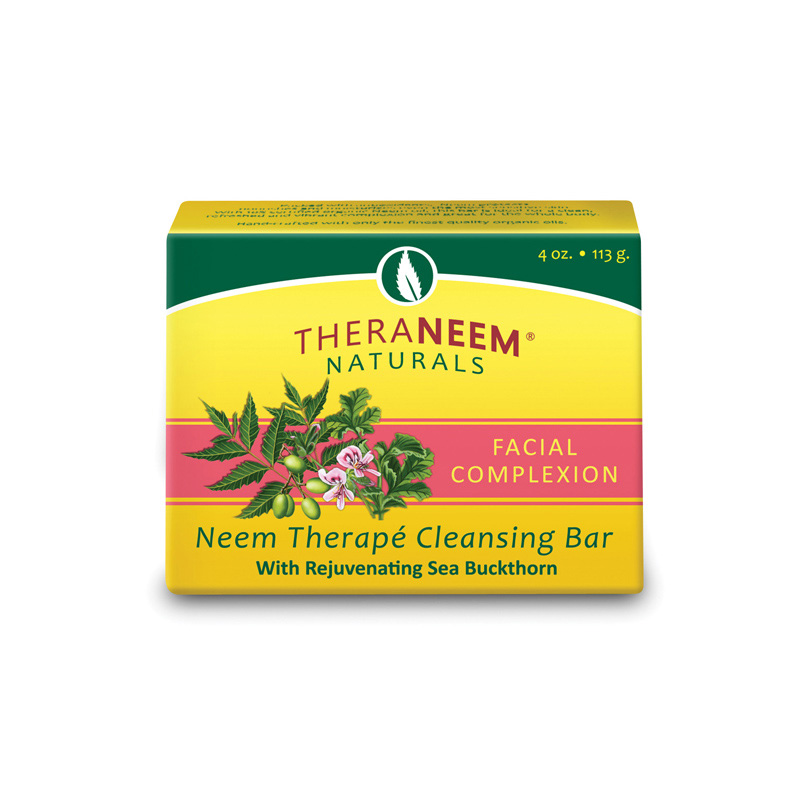
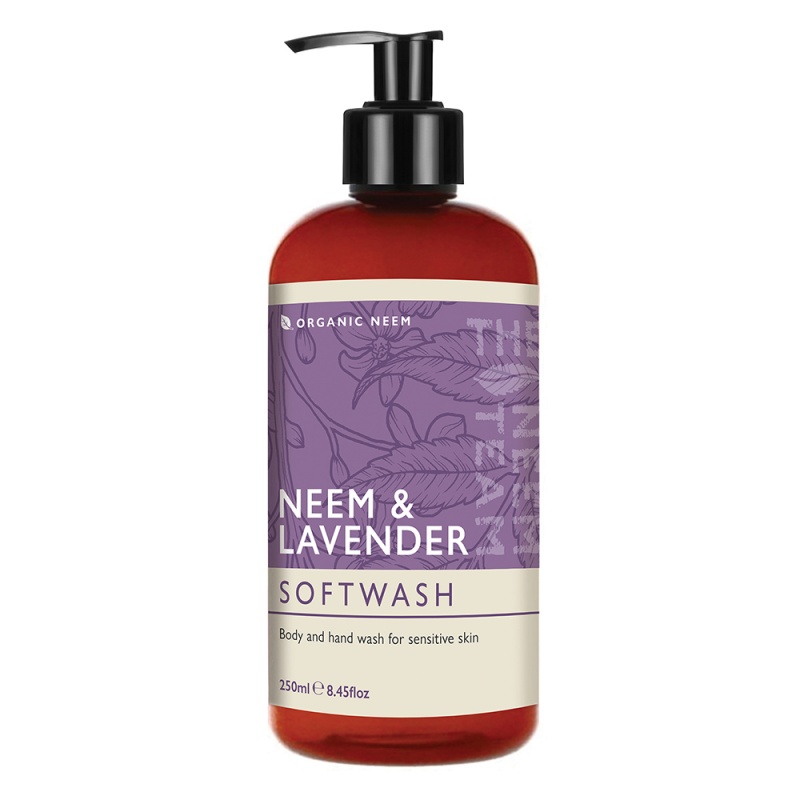
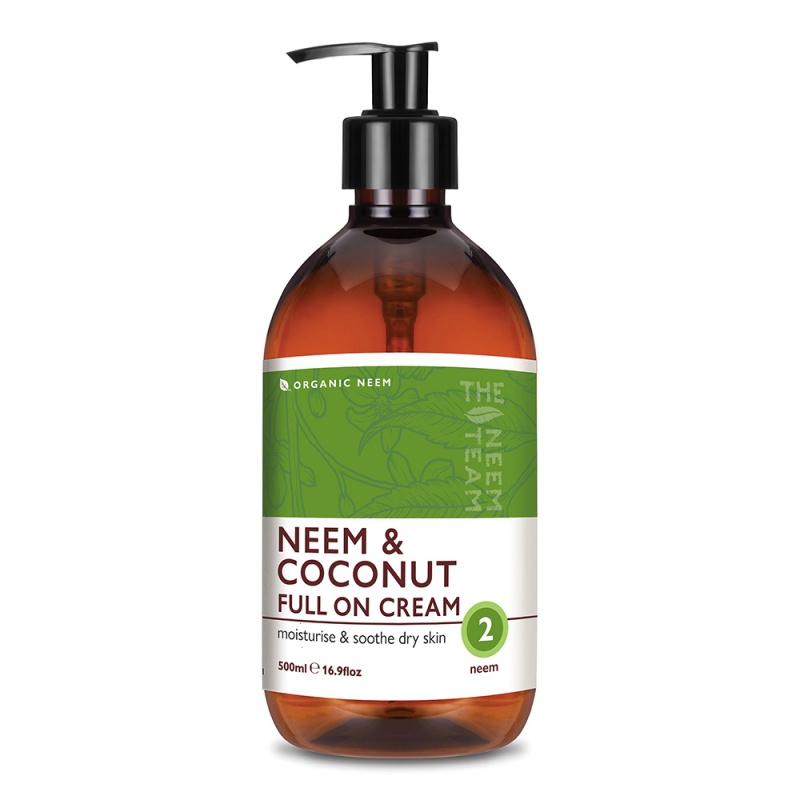
.jpg)
.jpg)
